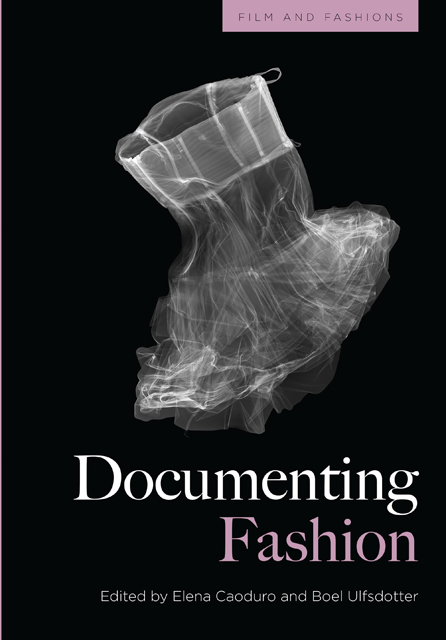5 - A maverick on the streets: Bill Cunningham and the documentary process
Published online by Cambridge University Press: 20 October 2023
Summary
Bill Cunningham, the legendary New York Times photographer, who died in 2016 at the age of eighty-seven, knew intuitively that it is not only stars, celebrities and the affluent American elite such as the Vanderbilts and Rockefellers who rule fashion, but the regular folk on the street too. He also embraced gender fluidity and transgender individuals long before his employer was ready to print their imaginative looks, ultimately succeeding in granting them a legitimate print platform of acceptance. This chapter studies Cunningham's legacy, based on two popular documentaries that have depicted his life and work: Mark Bozek's documentary The Times of Bill Cunningham (released posthumously in 2018) and the earlier Bill Cunningham New York, directed by Richard Press in conjunction with the New York Times in 2010. Two different topics of enquiry will be pursued: first, how does Cunningham himself document fashion and why does he perceive himself as a ‘fashion historian’, not photographer? Second, what differentiates these two full-length documentaries about Bill Cunningham?
There are several paradoxes that seemingly emerge when thinking about fashion and the process of documenting trends and styles through still photography, as Cunningham did. The fashion world provides fantasies and make-believe, together with a display of exclusive consumerism. The documentary mode in film generally prides itself on wanting to detect ‘truth’, especially aspects of realities that may provoke discussion and shed light on social injustices (Ellis and McLane 2005; Grant and Sloniowski 2014; Nichols 2017). Fashion, by contrast, is a world of looks and facades and is inherently somewhat deceiving. First, there can hardly be a bigger economic gap than that between those who wear haute couture and the general population. Second, fashion models who appear on the runway are usually very young, extraordinarily slim, tall, agile, and trained to strut rather than walk – all pure artifice to display photogenic clothes to best advantage. Third, there is a tremendous contrast between the exclusive and the mundane; couture fashion is prohibitively expensive and only a handful of women (and men) in the entire world can afford to buy the clothes seen on the runway (see commentary about ‘These are the Real “Crazy Rich Asians”’ in Harper's Bazaar).
- Type
- Chapter
- Information
- Documenting Fashion , pp. 102 - 121Publisher: Edinburgh University PressPrint publication year: 2023

